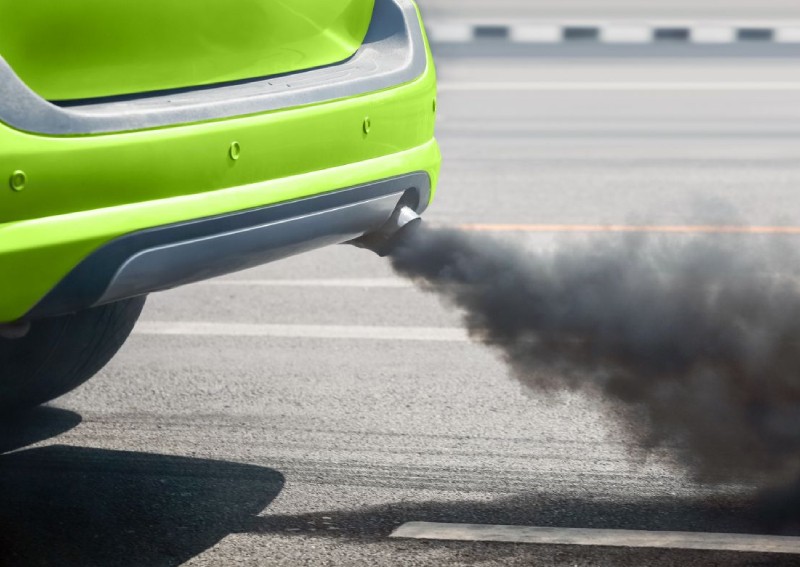A guide to VES in Singapore

SINGAPORE - There are many factors that affect car pricing – and hence your buying decisions – in Singapore : COE, ARF, and more. But one of the most important is VES – we explain what it is, and how it affects the Singaporean car buyer here.
VES stands for the Vehicular Emissions Scheme, and it essentially imposes rebates or surcharges on vehicles sold in Singapore based on the emissions they emit. The objective is to encourage buyers to adopt cleaner, more efficient vehicles, while penalising those who purchase vehicles that are heavy polluters.
The scheme first started as the Carbon Emission-based Vehicle Scheme, or CEVS, in 2013, and grouped vehicles into different bands based on the amount of carbon dioxide (CO2) they emitted.
Cars with lower CO2 emissions got rebates of between $5,000 to $20,000, deducted off the car’s Additional Registration Fee (ARF), subject to a minimum ARF floor of S$5,000. Heavier polluting models meanwhile got hit with a surcharge, again ranging from between S$5,000 to S$20,000, while there was also a neutral band where no rebates or surcharges applied.
CEVS was revised in July 2015, and the eligibility criteria for qualifying for rebates or surcharges was tightened up. The maximum rebate amount was also increased to $30,000 for cars that were eligible for the cleanest A1 band (subject to the minimum $5,000 ARF floor again), and likewise the maximum surcharge was also raised to $30,000 for models landing in the lest efficient C4 band.
CEVS was replaced by VES in 2018, and was expanded to include four other pollutants aside from CO2, namely hydrocarbons (HC), carbon monoxide (CO), nitrogen oxides (NOx) and particulate matter (PM). The worst performing pollutant determines which band the car falls under, with the rebates and surcharges now streamlined into two bands each.
The cleanest A1 band under VES are nominally reserved for full battery electric vehicles, given that it requires a PM output of zero. Cars in this band got a $20,000 rebate off the ARF (with the minimum $5,000 floor now removed), while the next cleanest band of A2 got a $10,000 rebate. The heaviest polluters got hit with a $10,000 or $20,000 surcharge if they fall under the C1 or C2 band respectively, while those in the neutral B band gets neither a rebate or surcharge.
VES was further enhanced in 2021, with the rebates and surcharges all increased by S$5,000 each. But bigger changes for the scheme are being planned for 2024, when the pollutant output criteria will be tightened, ensuring that only the very cleanest cars will qualify for rebates.
For cars with internal combustion engines (ICE), running on petrol or diesel fuel, the calculation is a straightforward measure of the car’s exhaust emissions. As mentioned earlier, LTA will take the worst performing pollutant to determine which band to classify the car in, regardless of the rating of the other pollutants.
It further adds that for cars that uses port-injection engines and does not have a PM value, it will automatically be assigned to the maximum VES surcharge band (C2), and incur the top rated S$25,000 penalty.
For electric and plug-in hybrid vehicles however, LTA will take a emission factor formula of 0.4g CO2/Wh to the car’s energy consumption figure to determine the car’s carbon emissions, and classify them accordingly.
The table below illustrates the various bands under VES, and the relevant rebates or surcharges:
| Band | CO2 (g/km) | HC (g/km) | CO (g/km) | NOx (g/km) | PM (mg/km) | Rebate | Surcharge |
| A1 | ≤90 | ≤0.020 | ≤0.150 | ≤0.007 | = 0.0 | $25,000 | NA |
| A2 | 90< and ≤125 | 0.020< and ≤0.036 | 0.150< and ≤0.190 | 0.007< and ≤0.013 | 0.0< and ≤0.3 | $15,000 | NA |
| B | 125< and ≤160 | 0.036< and ≤0.052 | 0.190< and ≤0.270 | 0.013< and ≤0.024 | 0.3< and ≤0.5 | NA | NA |
| C1 | 160< and ≤185 | 0.052< and ≤0.075 | 0.270< and ≤0.350 | 0.024< and ≤0.030 | 0.5< and ≤2.0 | NA | $15,000 |
| C2 | >185 | >0.075 | >0.350 | >0.030 | >2.0 | NA | $25,000 |
*Applicable for cars registered between Jan 1, 2021 to Dec 31, 2023
The most immediate impact is of course the price you pay. The cleanest cars get up to $25,000 off their ARF, which translates into a lower effective selling price. This means that electric cars and hybrids are now more price competitive as compared to their ICE counterparts.
Combined with other rebates, such as those offered for EVs under the Electric Vehicle Early Adoption Initiative (EEAI), and you’ll find that electrified models can sometimes be even cheaper than an equivalent petrol-powered car.
On the opposite end, VES also results in more pollutive cars becoming more expensive. Most of the models who get slapped with the maximum $25,000 surcharge are high end luxury and performance cars, so the difference there is really rather negligible.
However, there are also a small number of otherwise mainstream models with less efficient drivetrains who will get hit with $15,000 penalty as they fall under the C1 band. These include cars such as the Honda CR-V and Odyssey, Kia Carnival, and Subaru Forester.
In the long term, VES is designed to nudge consumers towards buying cleaner and less pollutive cars, and encourage car manufacturers to bring in more of such models to Singapore. The current VES scheme as it stands will be in place until Dec 31, 2023, with the LTA set to revise it from 2024 onwards by implementing stricter standards for cars qualifying for rebates or to be in the neutral band.